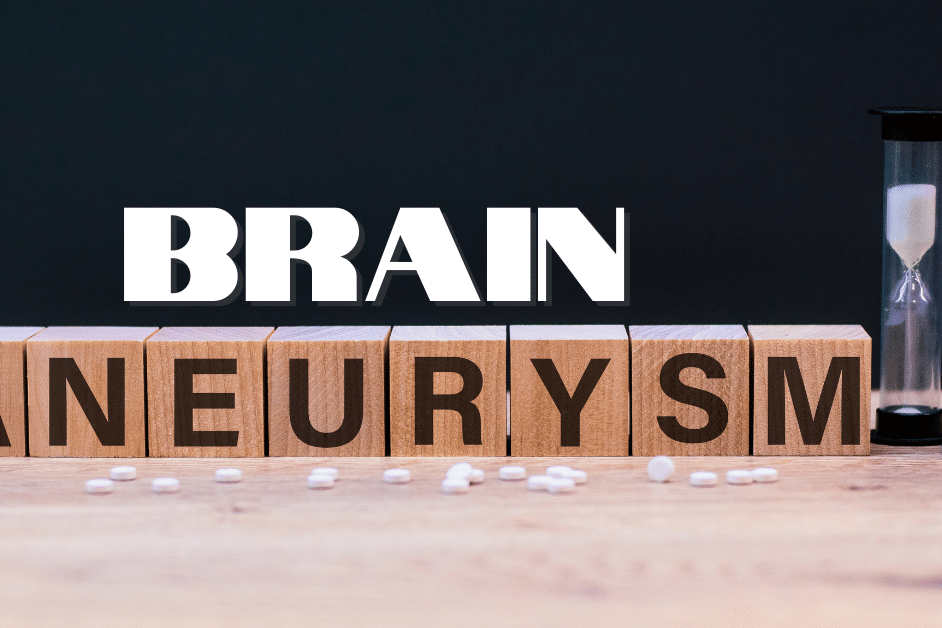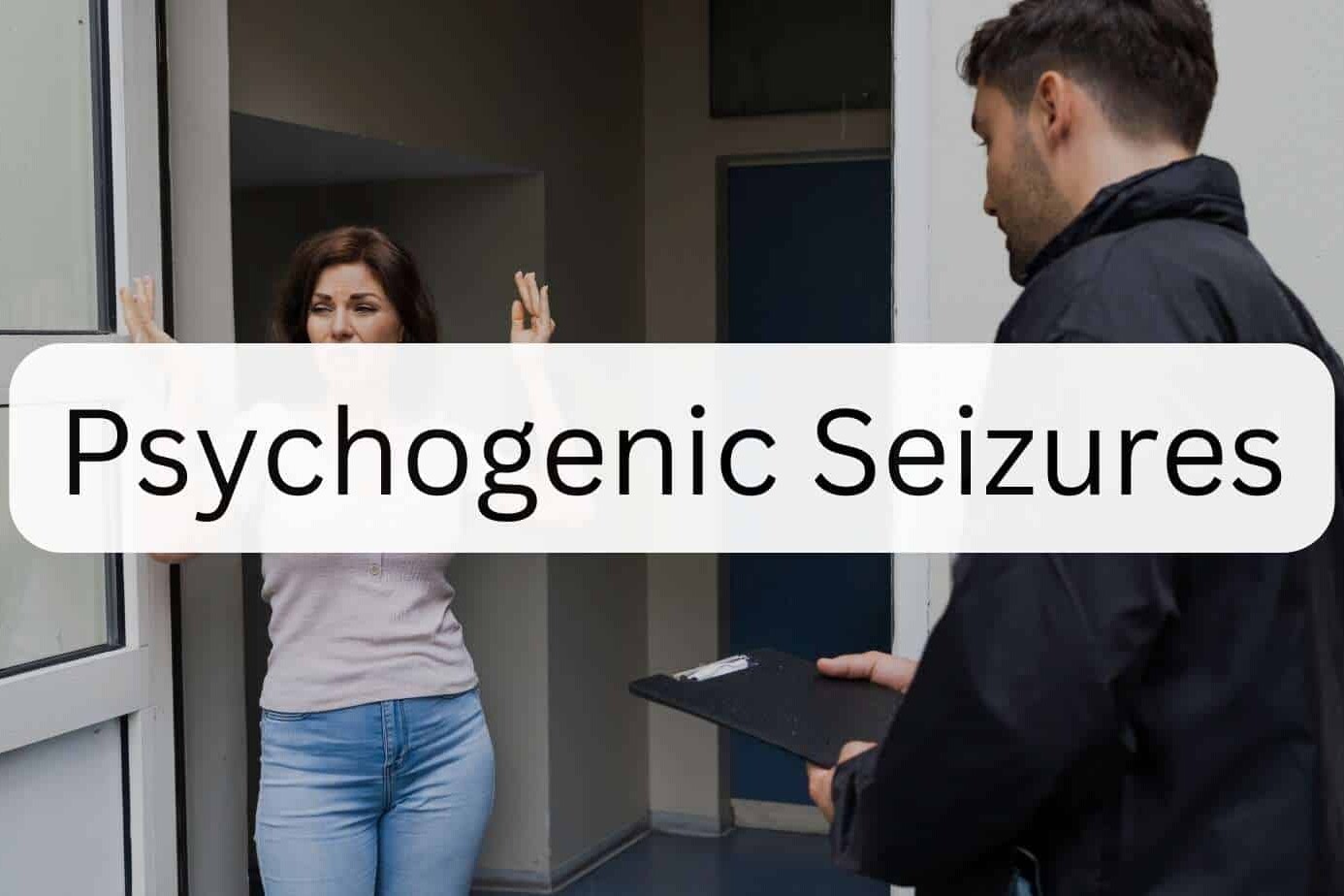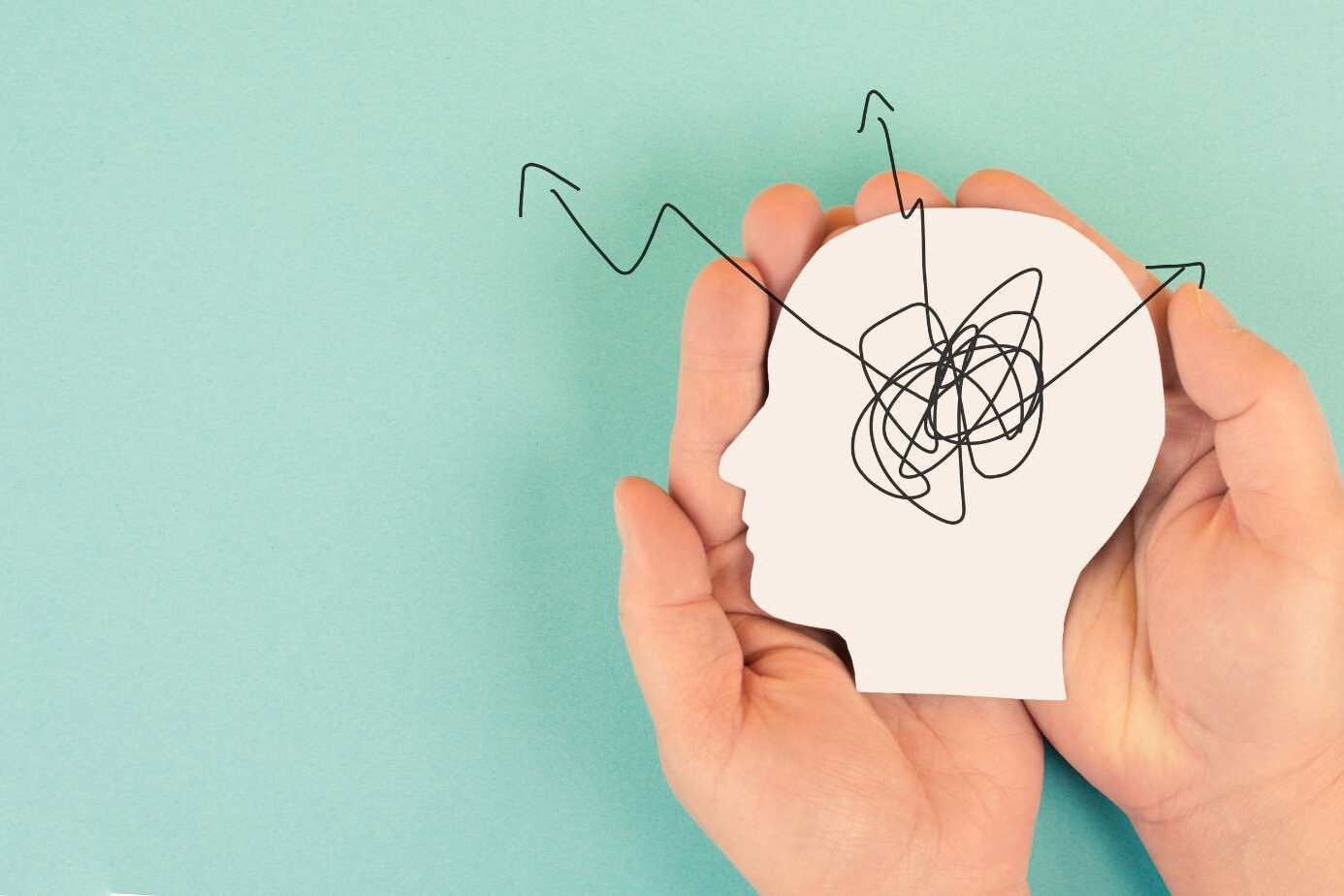Seizures in children can be a frightening experience for both the child and the parents. Understanding seizures, how to recognize them, and what to do at the moment can make all the difference. In this blog, we’ll break down seizures in simple language, discuss how to recognize them and provide essential first-aid tips to help you manage seizures if you ever encounter one.
Table of Contents
ToggleWhat Are Seizures in Children?
Seizures are sudden outbursts of electrical activity in children’s brains, which lead to vigorous body and extremity jerky movements. The eyes may turn to one side or roll upwards, frothing from the mouth, tongue biting, the passage of urine, or stools may happen, leaving the patient exhausted for the next few hours. Seizures do not harm the brain cells or neurons if they last 5 to 10 seconds; however, repeated seizures and those lasting more than 5 minutes can damage the brain.
How to Recognize Seizures in Children?
There are multiple types of Seizures in Children, and all have a classical presentation. Let’s discuss
Jerking or Muscle Movements
This is one of the most typical signs of Seizures in Children. The child’s muscles may twitch or jerk uncontrollably. These movements can occur in any part of the body. They may start from one limb and involve the whole body or may start all over the body from the beginning.
Staring Spells
These are like blank stares. The child seems to stare at the open space or the wall. Teachers at school may complain that the child is not paying attention or that the child zones out during the class and doesn’t respond.
Different and variable sensations
Some children may experience strange sensations before or during a seizure, such as tingling, numbness, or a funny taste in their mouth.
Loss of Awareness
Children might become disoriented, confused, or lose consciousness during a seizure.
Auras
Some children may have a warning sign, known as an aura, before a seizure. This can be fear, déjà vu, or a strange taste or smell. Some children may feel afraid, anxious or have a queezy feeling in the tummy.

Causes of Seizures in Children
Seizures in children can arise from various causes, each with its unique set of triggers and risk factors. Low blood sugar, often due to irregular meals or diabetes management, can lead to seizures. Trauma, such as a head injury, is another common cause. At the same time, infections, especially in the central nervous system, can also trigger seizures. High fever, which may be linked to illnesses, can also result in seizures. More severe causes include stroke, brain tumours, and arteriovenous malformations (AVMs), abnormal tangles of brain blood vessels. Certain medications, mainly if not properly prescribed or managed, can lead to seizures, and there can also be genetic or hereditary factors in some cases. Understanding the potential causes is crucial for the diagnosis and effective treatment of children experiencing seizures.
- Low Sugar
- Trauma
- Infection
- High fever
- Stroke
- Brain tumour
- Brain AVM ( mesh of blood vessels)
- Certain medications
- Genetic or hereditary causes
First Aid for Seizures in Children
If you suspect that a child is having a seizure, follow these steps to provide appropriate first aid:
- Stay Calm: It’s crucial to remain calm and reassure others around you. Most seizures in children are not life-threatening, and the child is likely to recover.
- Time It: Note the time when the seizure starts. This will help medical professionals if the seizure lasts longer than expected.
- Ensure Safety: Gently guide the child to a safe place, away from sharp objects or hazards. Lay them down on their side to prevent choking on saliva or vomit.
- Do Not Hold Them Down: Avoid trying to restrain the child’s movements during the seizure. This can lead to injury and will not stop the seizure.
- Protect the Head: Place a soft cushion or something similar under the child’s head to protect it from injury.
- Loosen Tight Clothing: If the child has tight clothing around their neck, such as a collar or tie, loosen it to ensure proper breathing.
- Do Not Put Anything in the Mouth: Contrary to popular belief, putting anything in the child’s mouth during a seizure is unnecessary. This can be dangerous and may lead to injury.
- Stay with the Child: Remain with the child until they regain consciousness or until medical help arrives. After the seizure, the child may be disoriented and confused, and your presence can be reassuring.
- Comfort and Reassure: Once the seizure has ended, gently comfort and reassure the child. They may be confused and scared.

When to Seek Medical Attention From a Paediatric Neurologist
For any seizure, you should see a Paediatric neurologist. It is crucial to figure out the cause of seizures, and if needed, a seizure medicine should be started. Around 10% of children may have only one seizure and will not need medicated. This decision can be made after a neurologist has seen your child and done the workup essential to rule out other causes of seizures.
The following are scenarios where you should see a Neurologist sooner
The seizure lasts longer than five minutes.
Another seizure follows immediately after the first one.
The child has difficulty breathing or turns blue during the seizure.
The child is injured during the seizure.
The child has a known medical condition, such as diabetes, that may be related to the seizure.
The child has never had a seizure before.
Conclusion
Seizures in Children are scary to watch, but most of the time, they can be controlled easily without leaving any long-term deficits. The treatment and prevention of seizures always start with awareness of this disease and recognizing the underlying cause of the seizure. A child will need not only medical support but also psychological support from the parents and friends. Do not worry that your child may have epilepsy and face hurdles in life, as that is a baseless assumption. People with epilepsy have very productive lives and careers, just like someone with any other disease.
About The Author

This article is medically reviewed by Dr. Chandril Chugh, Board-Certified Neurologist, providing expert insights and reliable health information.
Dr. Chandril Chugh is a U.S.-trained neurologist with over a decade of experience. Known for his compassionate care, he specializes in treating neurological conditions such as migraines, epilepsy, and Parkinson’s disease. Dr. Chugh is highly regarded for his patient-centered approach and dedication to providing personalized care.
→ Book a consultation to discover which remedies suit your needs best.





